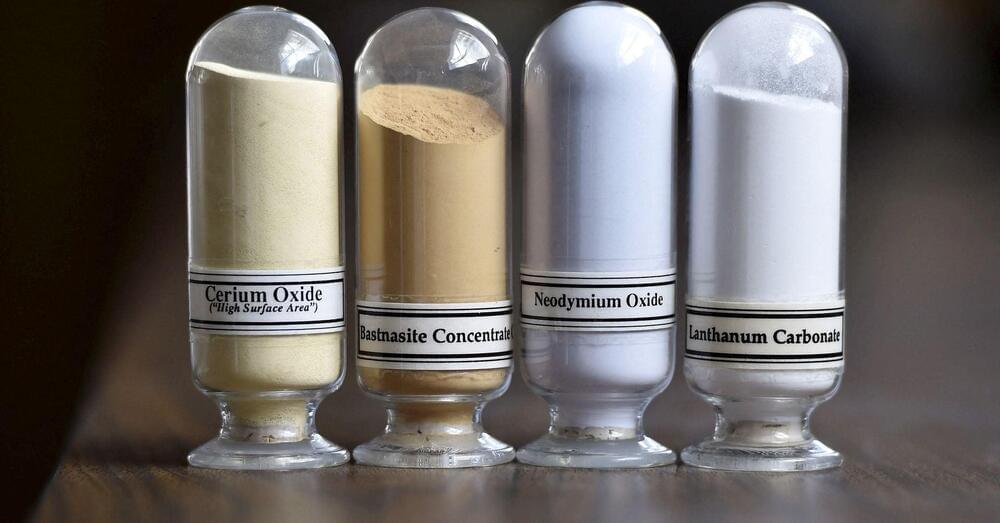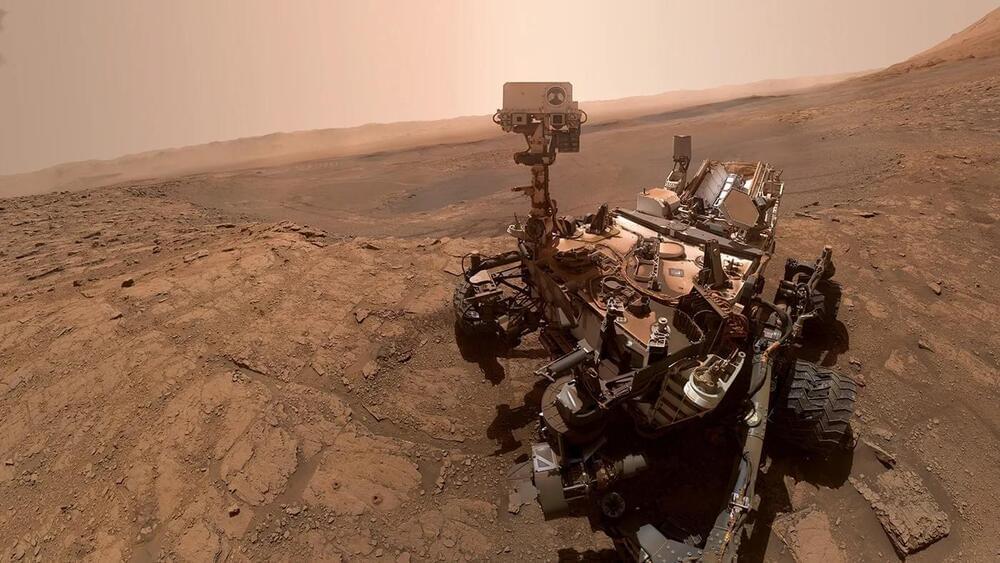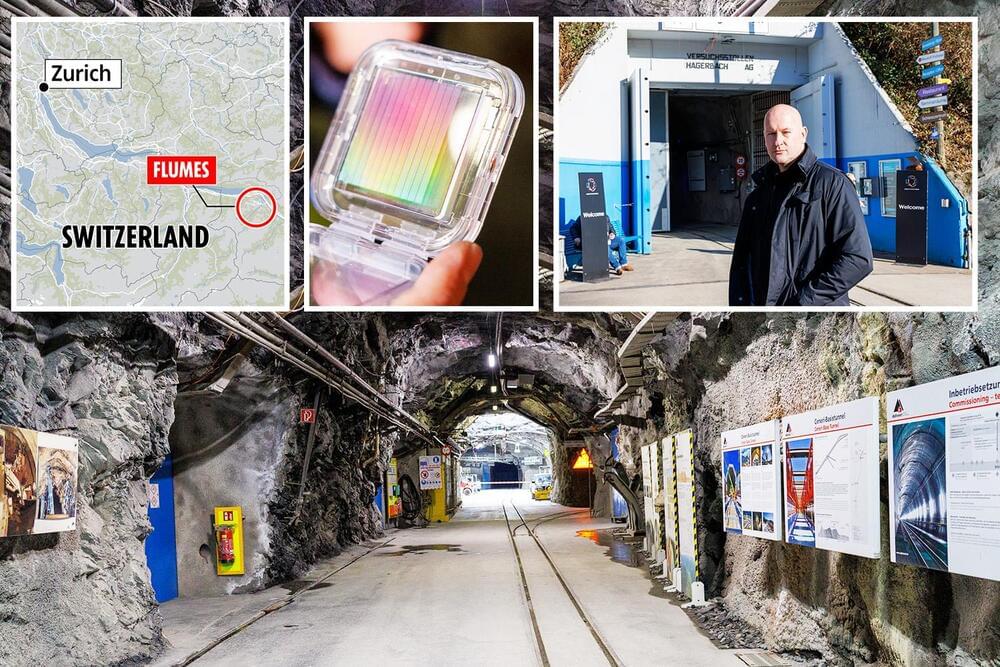Radiowave clocks currently used for precise timekeeping have their shortcomings and optical clocks can help overcome them.




Is there life on Mars or has life ever existed in its ancient past? What conditions would be the right combination for life to exist there? These questions are what NASA’s Curiosity and Perseverance rovers are trying to answer as they continue to explore the barren and dry landscape of the Red Planet in hopes of unlocking its secrets above or buried deep beneath the surface. One such component that could contribute to life is methane, which has been identified by the Curiosity rover to exist on Mars in bursts. Now, a recent study published in Journal of Geophysical Research Letters: Planets (JGR: Planets) hopes to explain why, how, and when these methane gases reach the surface in bursts. This study holds the potential to help scientists better understand the internal mechanisms of Mars and whether this could lead to life existing on the Red Planet.
2019 news report discussing Curiosity finding methane on Mars.
“Understanding Mars’ methane variations has been highlighted by NASA’s Curiosity team as the next key step towards figuring out where it comes from,” said John Ortiz, who is a PhD Student Researcher at Los Alamos National Laboratory and lead author of the study. “There are several challenges associated with meeting that goal, and a big one is knowing what time of a given sol (Martian day) is best for Curiosity to perform an atmospheric sampling experiment.”




To make things even more interesting (or weird), there’s a mime (yes, you read that right) in the middle of the street, somehow unfazed by all the surrounding water, who reacts in a way only a mime could (we don’t know what those moves mean, so take that as you may).
Taking both X posts into consideration, there are about 1,000 comments–some say the car would malfunction in a matter of minutes, others say that nothing will happen, while some referred to Elon Musk’s words from 2016 when he said that “the Model S floats well enough to turn it into a boat for short periods of time.”

If you can help please message me privately or email me [email protected].
Thank you.
A nonprofit designed to preserve human heritage forever, in space and on earth. Join the Arch Mission.

Some recent progress on our backup of civilization project …
A SECRET project to back-up planet Earth in the event of apocalypse is underway in a James Bond-style villain bunker in the Swiss Alps.
As a hotbed of conflict explodes around the globe with fears of all-out World War Three mounting, a US firm has installed a British-designed “superman” memory disk containing a compendium of human history.
Located deep inside a mountain vault near Flums, Switzerland, the futuristic quartz disk — designed by boffins at Southampton University’s Optoelectronics Lab — holds 60 million microscopic pages of human knowledge.
